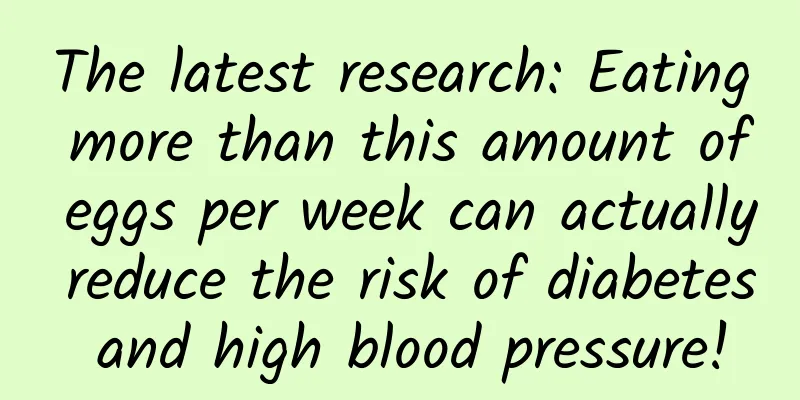Can you get pregnant with endometrial polyps?

|
Patients with endometrial polyps should try to stop trying to get pregnant after the onset of the disease, because endometrial polyps will first cause irregular menstruation, irregular ovulation, and may even cause the risk of miscarriage. Therefore, try not to get pregnant during this period, as it is likely to cause harm to the body. The correct way to deal with endometrial polyps is to receive treatment first, and then get pregnant after the treatment. Diet and health care 1. Drink more water and eat more fruits, vegetables, nuts, seeds, cereals and other foods. Such as cabbage, celery, asparagus, spinach, cucumber, mushrooms, winter melon, tofu, etc. 2. Eat more lean meat, chicken, eggs, quail eggs, grass carp, turtle, and white fish. 3. Eat more foods that nourish the blood and kidneys, mainly those with neutral and warm properties, and avoid cold foods. 4. Meat should be crushed and eaten, and the best ratio of vegetables is 1:1. 5. Avoid foods that are hot, coagulant, or contain hormones, such as longan, red dates, donkey-hide gelatin, royal jelly, etc. 6. Avoid spicy foods and drinks such as chili peppers, peppercorns, raw onions, raw garlic, and white wine. Preventive Care Pay attention to hygiene, treat endometritis in a timely manner, diagnose the disease early, actively treat it, and do a good job of follow-up. Pathological etiology Endometrial polyps are a type of chronic endometritis. Disease diagnosis It should be differentiated from cervical polyps, submucosal uterine myomas, placental polyps (formed by prolonged retention of the retained placenta, composed of retained placenta and blood clots. The polyp has blood clots on the periphery and many villi buried in the blood clots in the central part. The villous trophoblasts are intact within a short period of time, but the villi degenerate and the blood clots become organized over a long period of time), dysfunctional uterine bleeding, endometrial cancer, cervical cancer, cervical erosion and uterine bleeding caused by intrauterine contraceptive devices. Inspection method Laboratory tests: Routine blood test, secretion test, and tumor marker test. Other auxiliary examinations: Hysteroscopy and histopathological examination: 1. Hysteroscopic examination shows gray-red, fleshy endometrial tumors protruding into the uterine cavity. The pedicles vary in length and thickness, with a diameter of mostly 0.5 to 2 cm. They can be single or multiple. Large and numerous ones can fill the uterine cavity. 2. Filling defects can be seen during hysterosalpingography. 3. Segmental diagnostic curettage and endometrial biopsy revealed immature endometrial epithelium showing proliferative changes without secretion. Sometimes it contains glandular hyperplasia and cystic changes, presenting adenoma-like changes. |
<<: Symptoms of cervical polyps during pregnancy
>>: Symptoms of cervical moistness
Recommend
Do women need to fast for endocrine examination?
Women are a relatively special group, mainly beca...
What should I do if a woman wants to have sex?
We all know that for men, their sexual needs are ...
What can’t you eat after having an abortion?
There are many reasons why women have to go to th...
How to clean women's private parts correctly?
Women's private parts must be cleaned every d...
Picture of a woman with a mole on her left chin
Many people have moles on their chins. What does ...
What to do with congestive mastitis?
Acute mastitis is a common problem during lactati...
I feel a little pain when my nipples are pinched
Women must take care of their breasts on a regula...
How many months should you take iron supplements during pregnancy?
When a person is pregnant, the baby's develop...
Shivering after taking anti-inflammatory drugs after sterilization surgery
We all know that using condoms is an effective me...
Is 10 catties considered heavy for a pregnant woman?
The health of women during pregnancy is very impo...
What to do if pregnant women have anemia
We all know what kind of troubles anemia can brin...
What is the relationship between Tang Xue and Bian Cheng? Did Tang Xue and Bian Cheng get back together?
Speaking of "Squid Stewed in Honey", it...
How to lose weight quickly during menstruation
Women's menstruation generally refers to the ...









